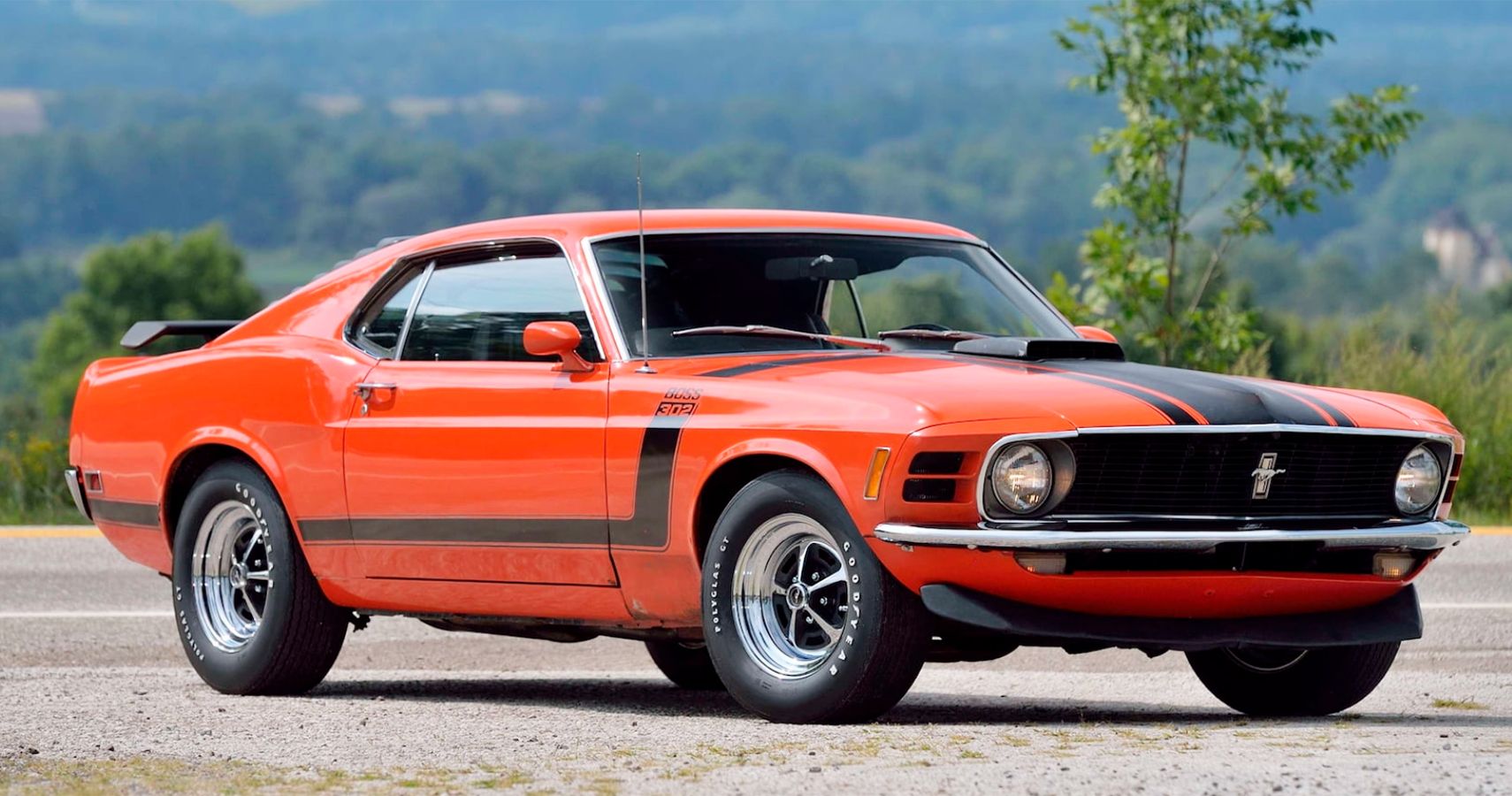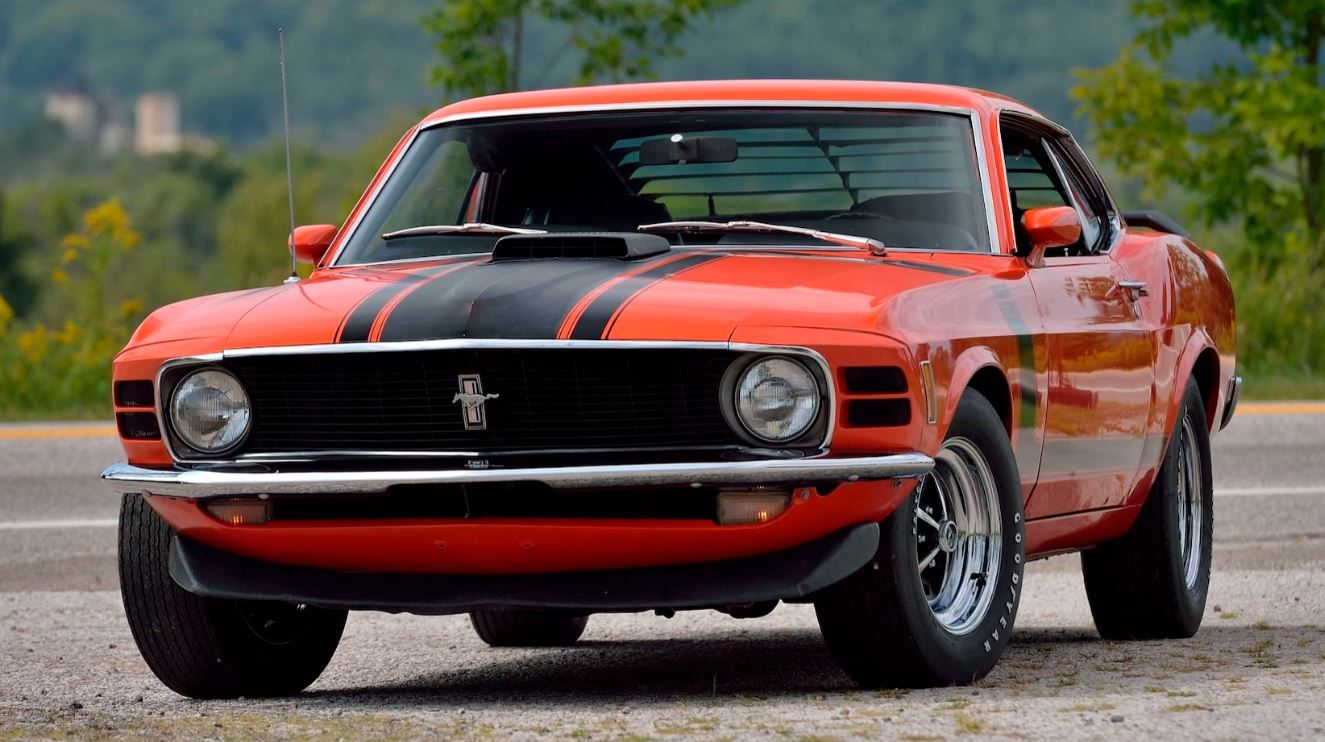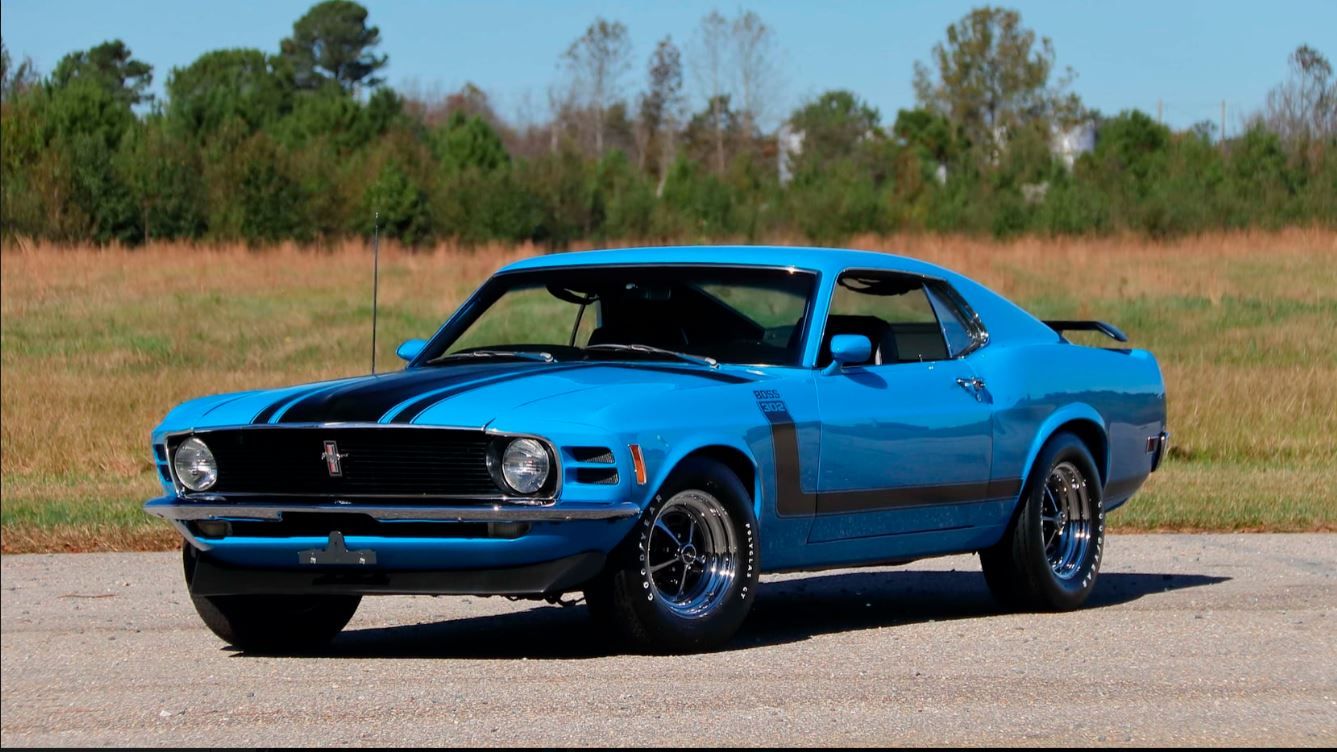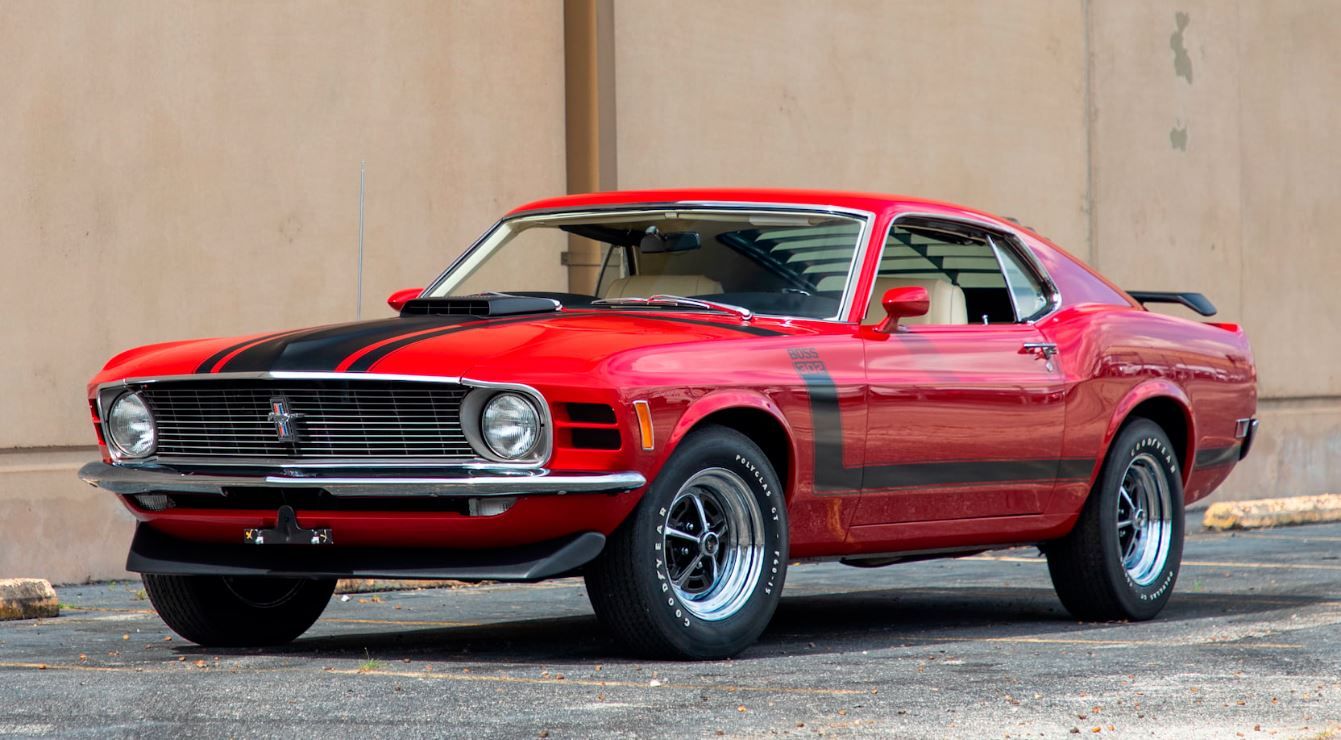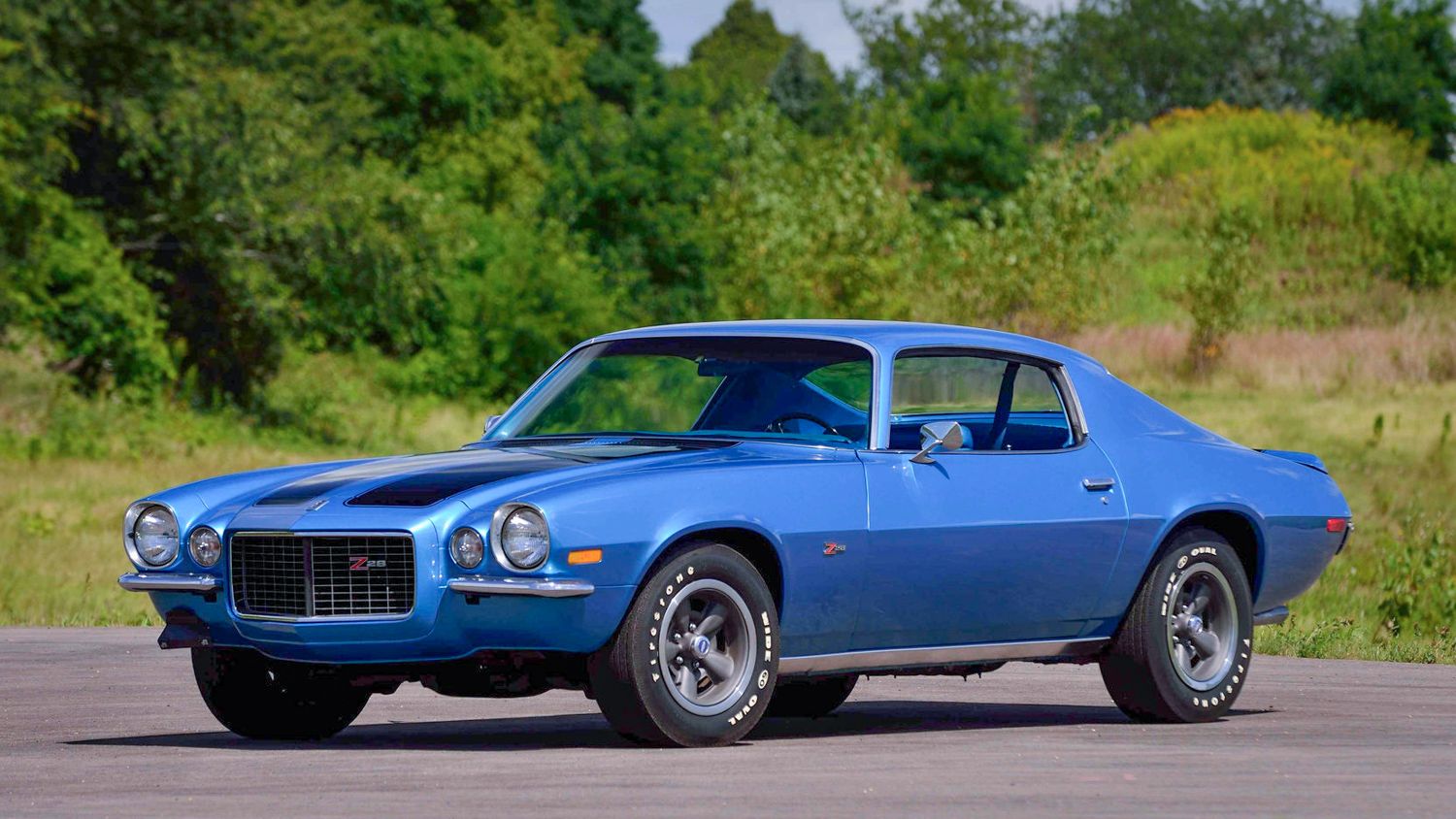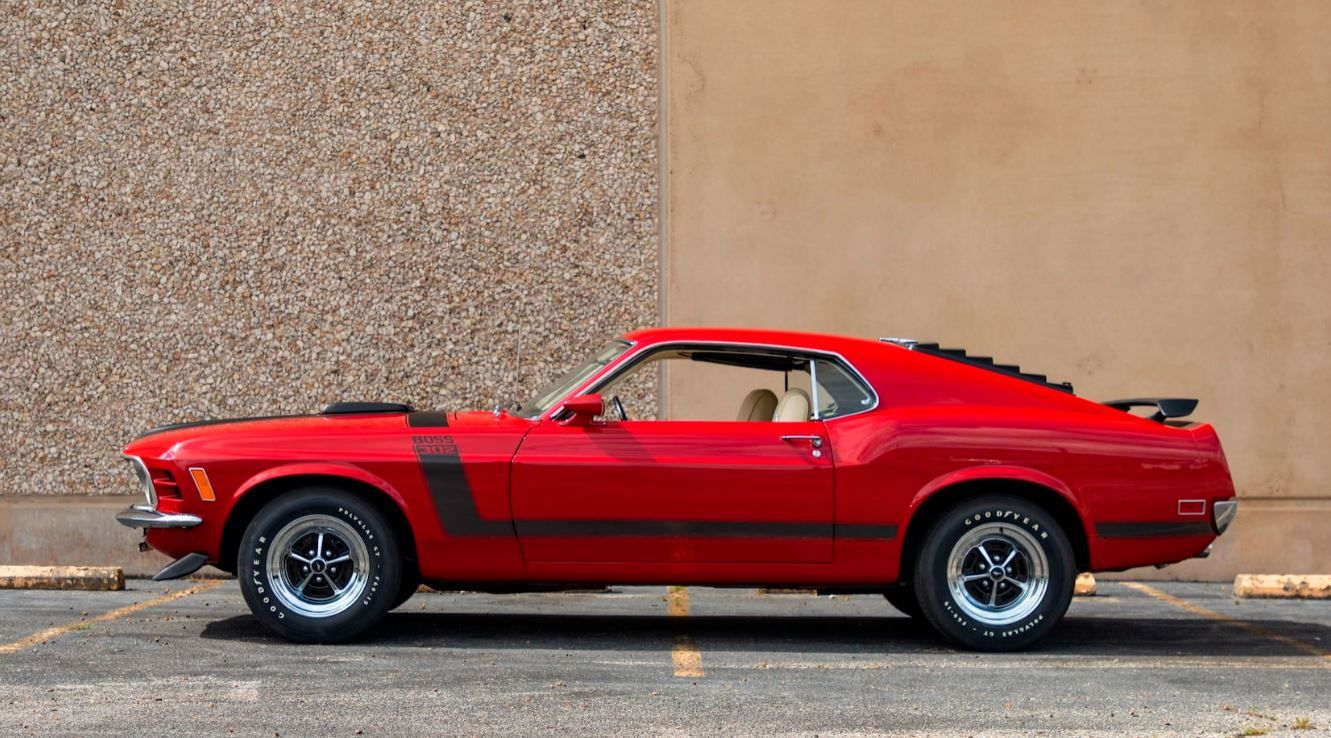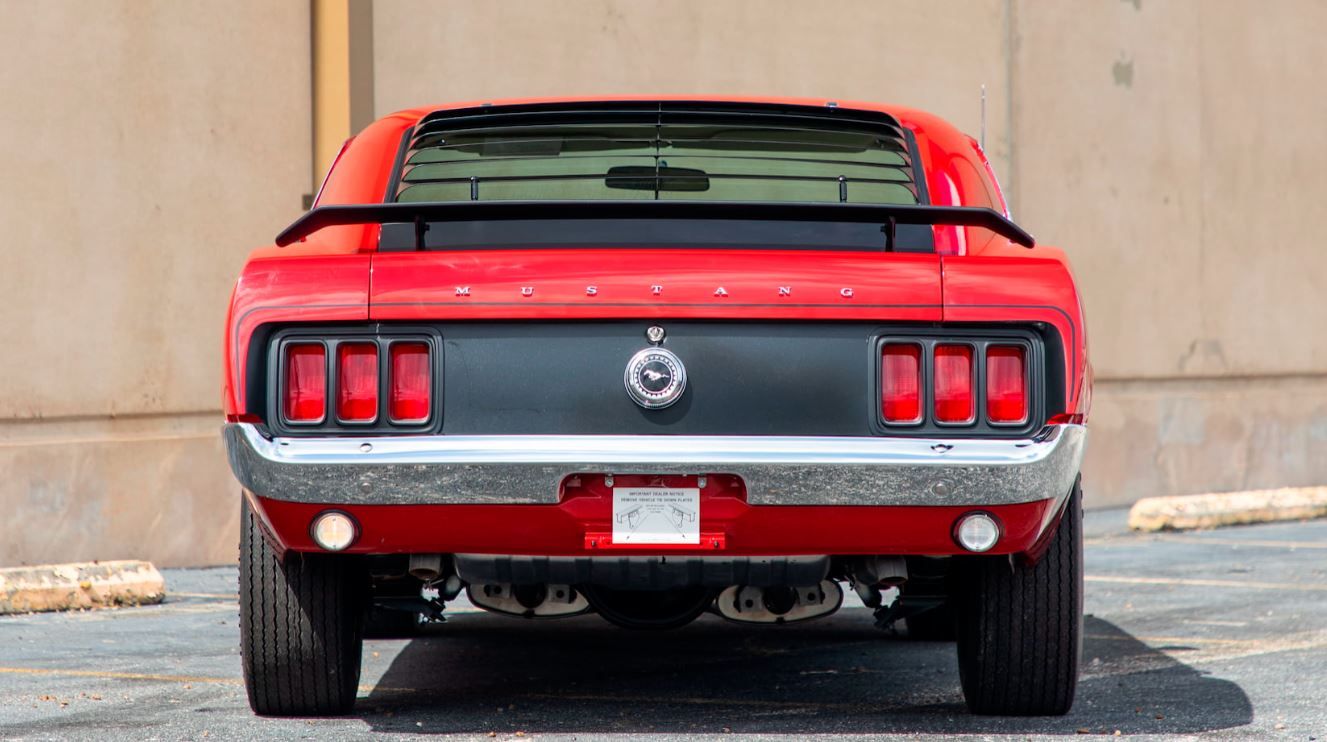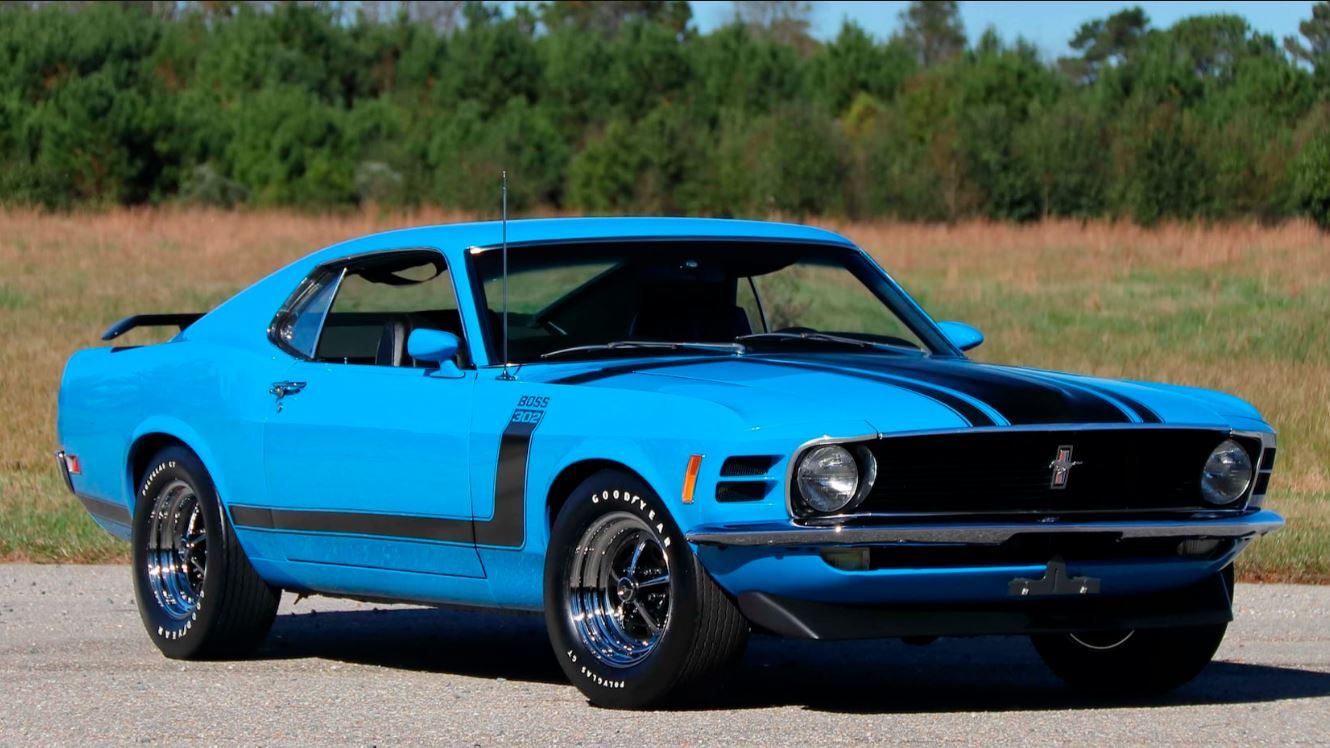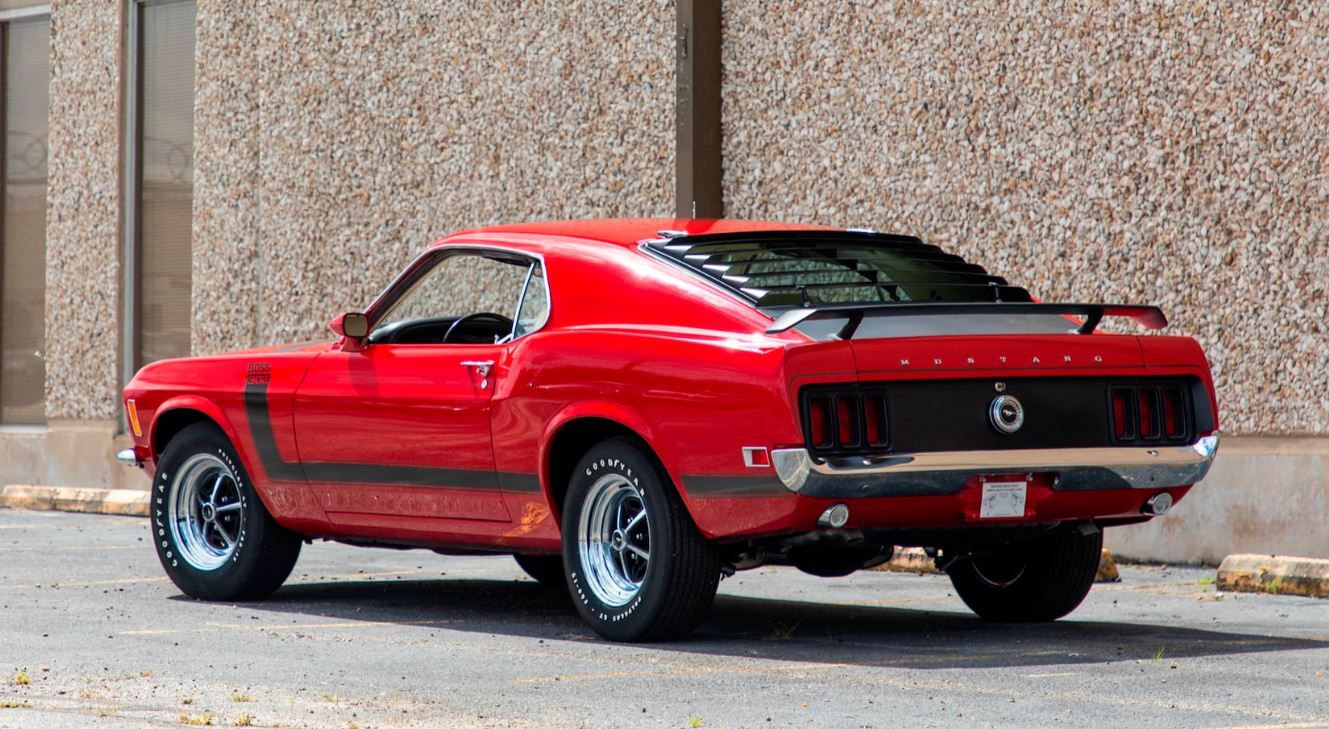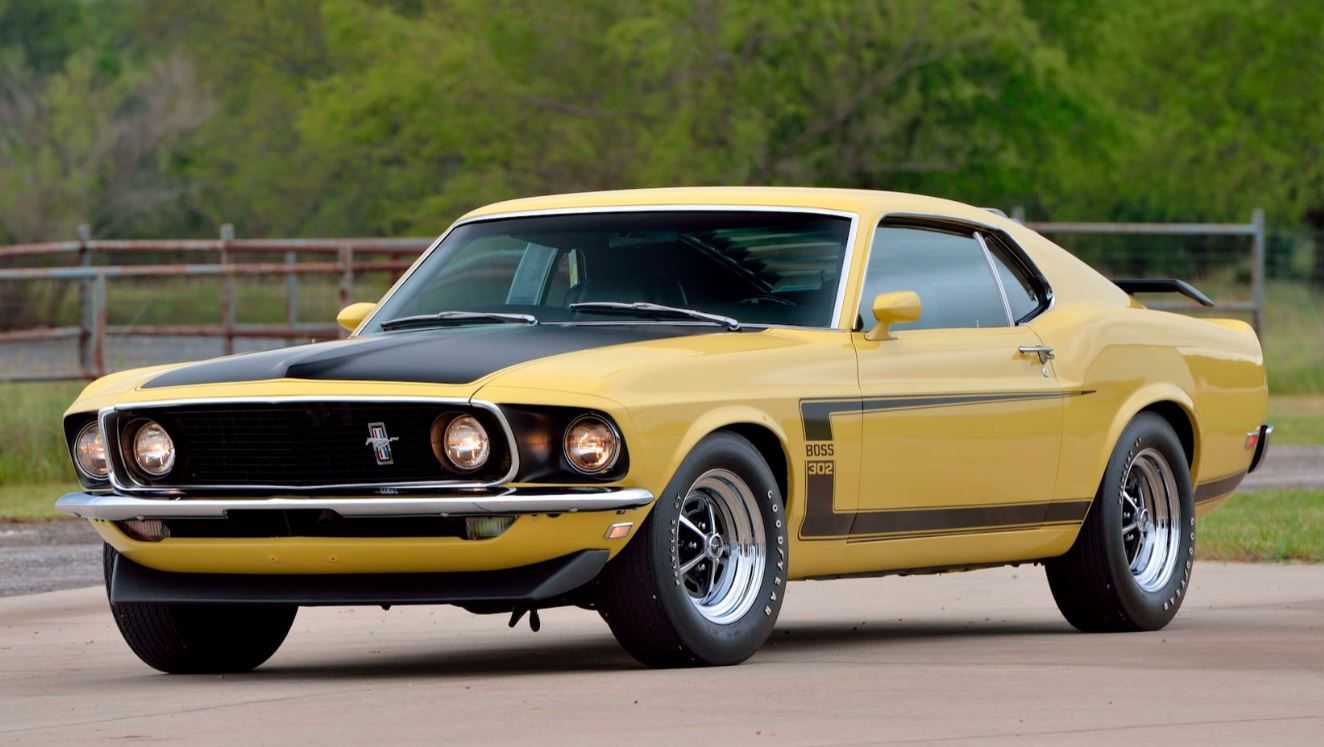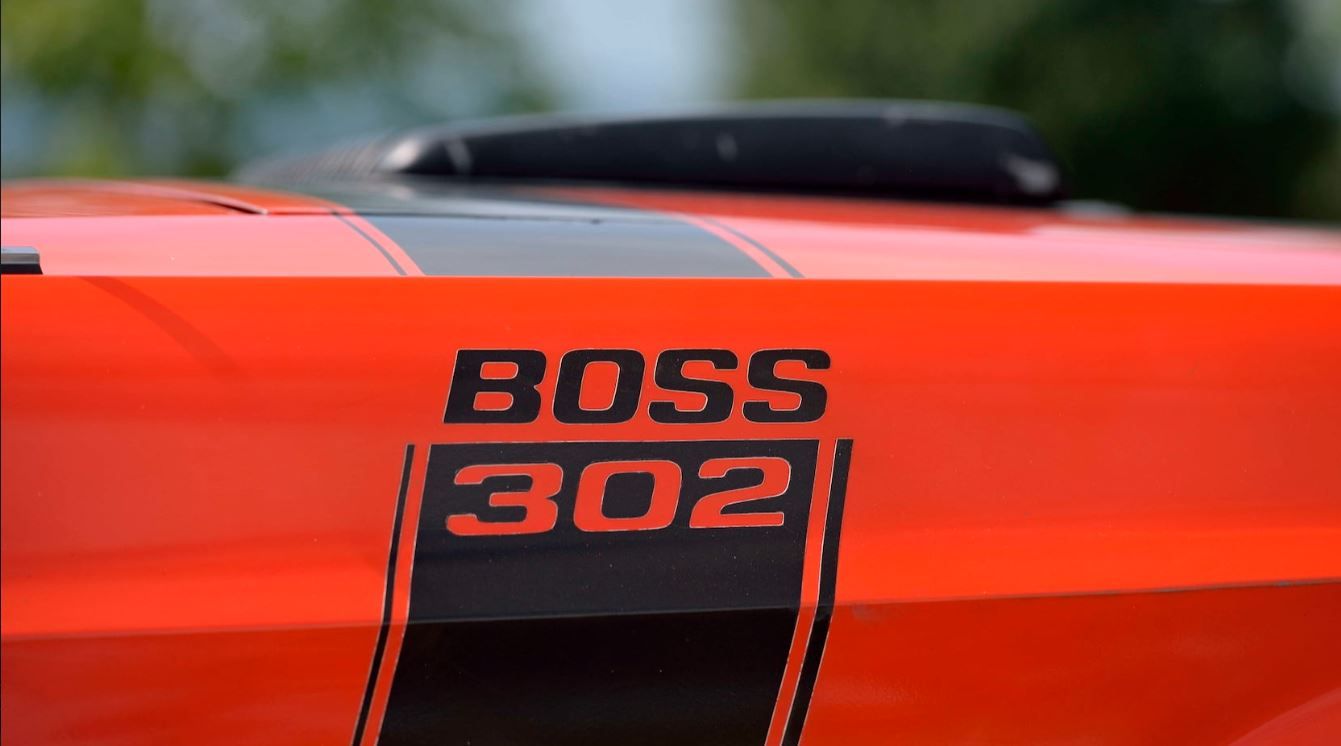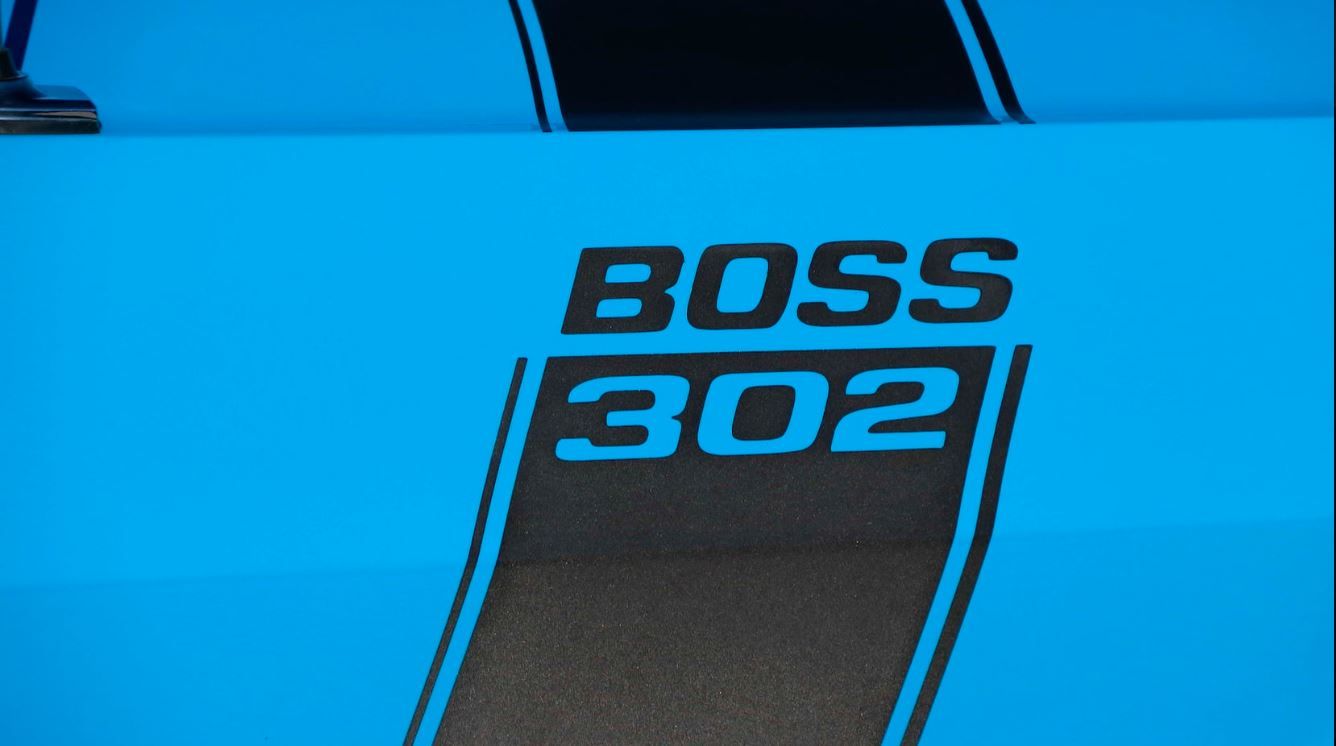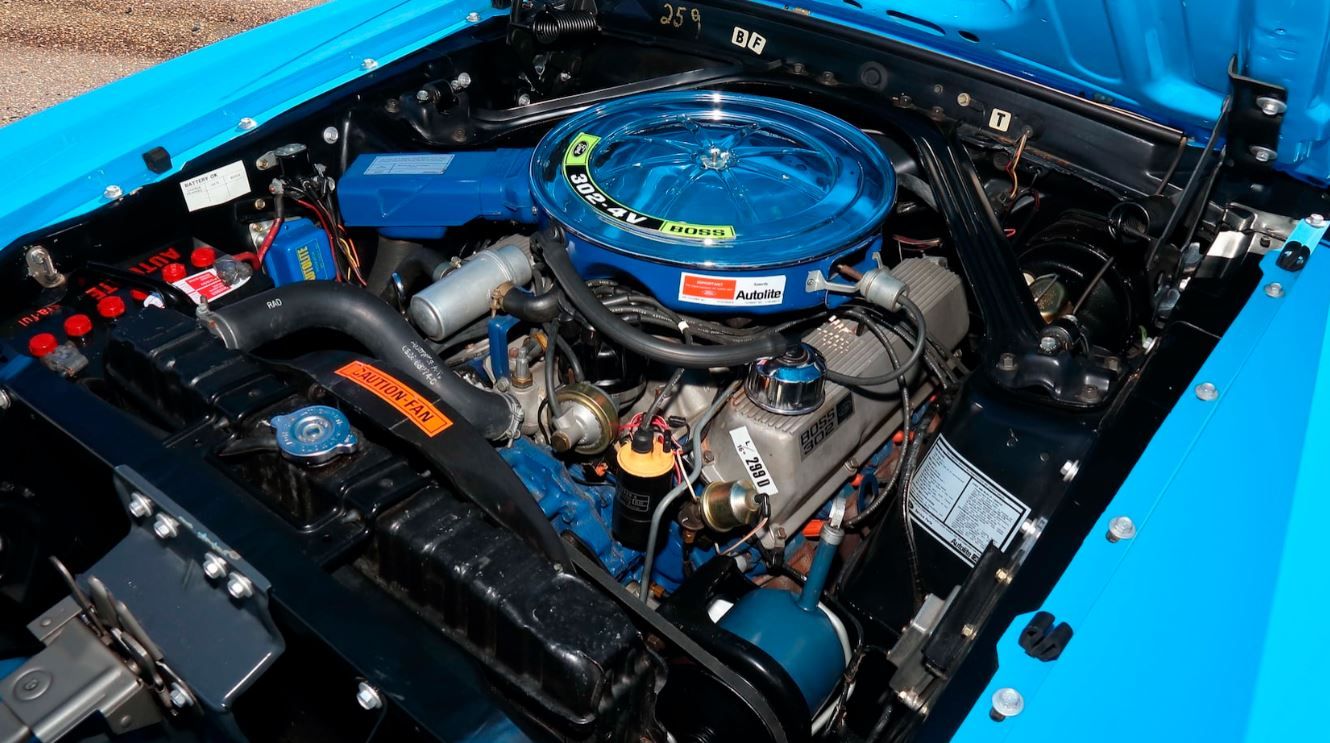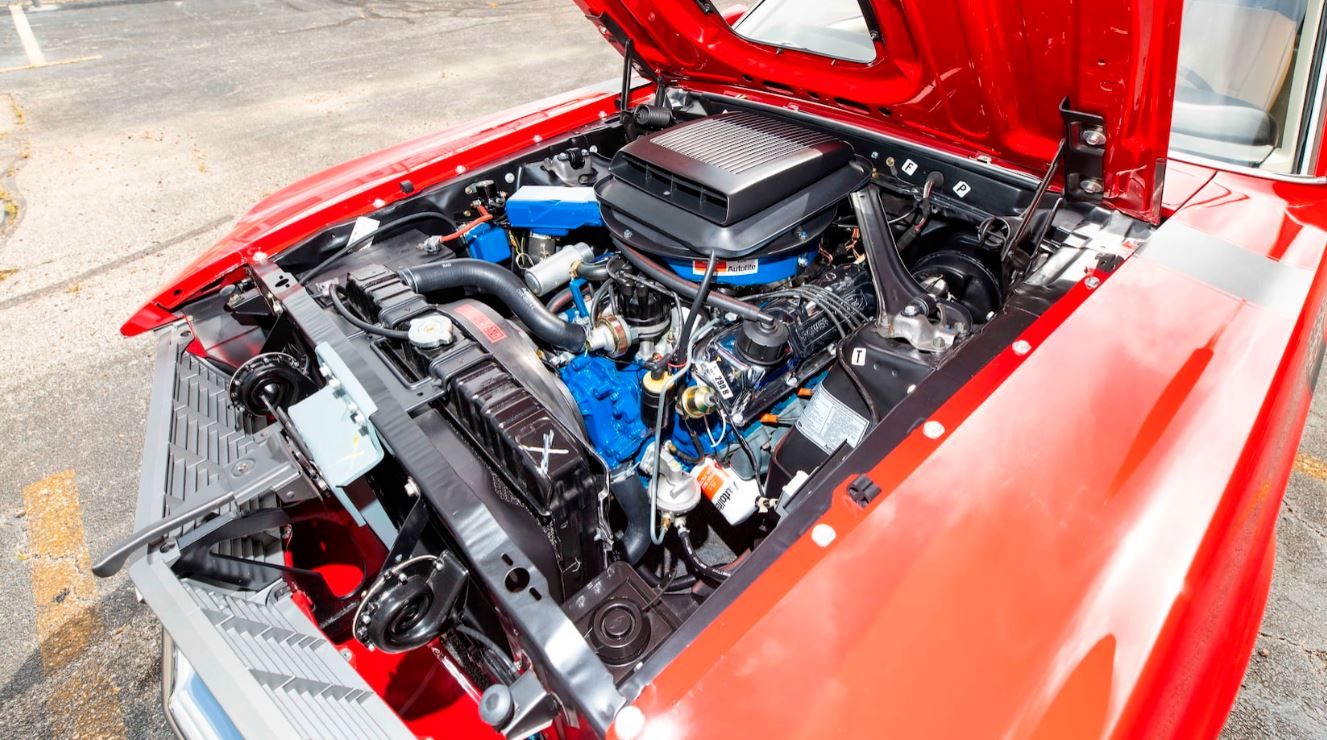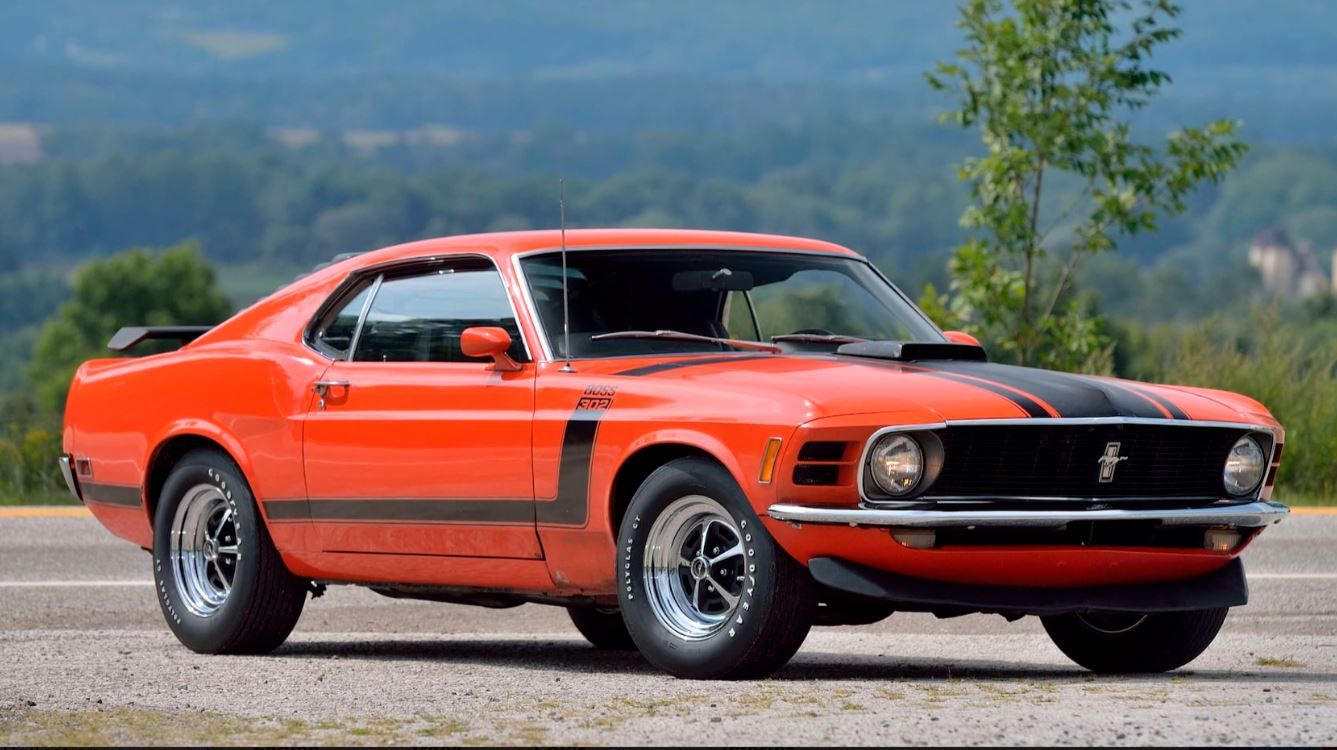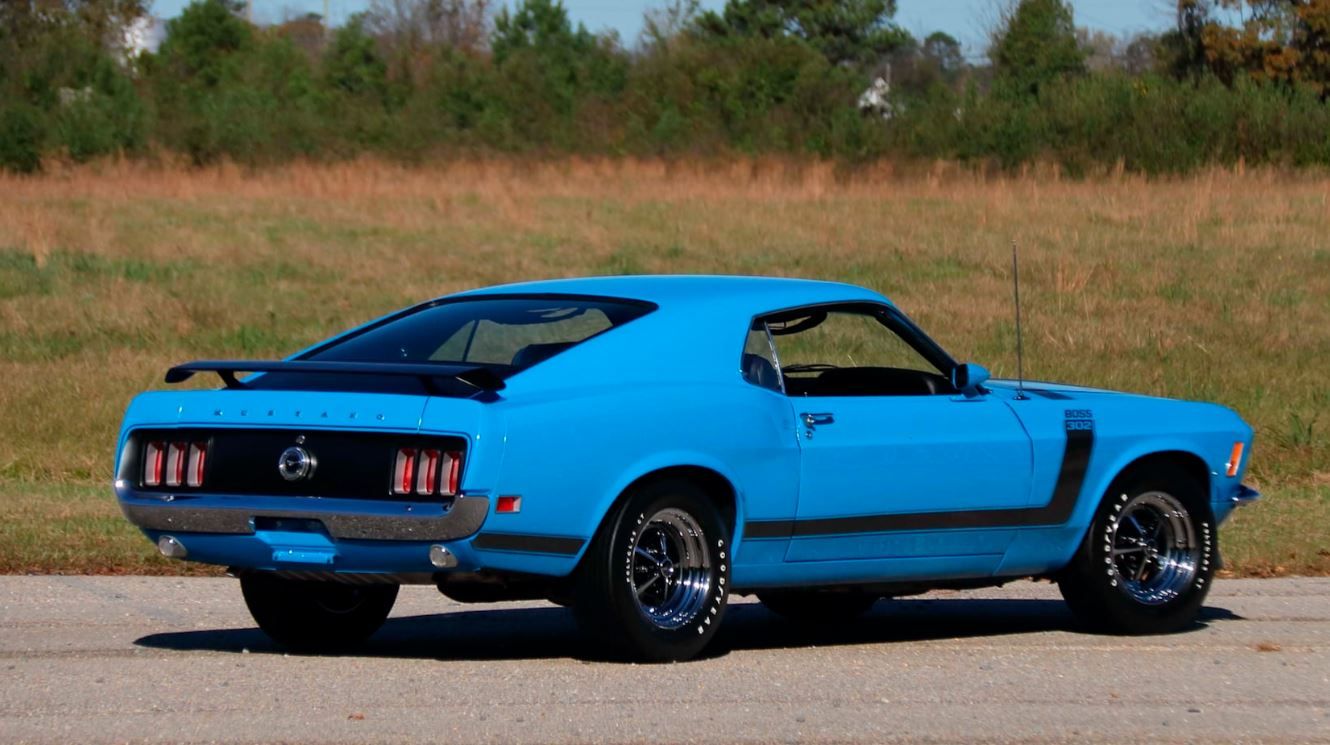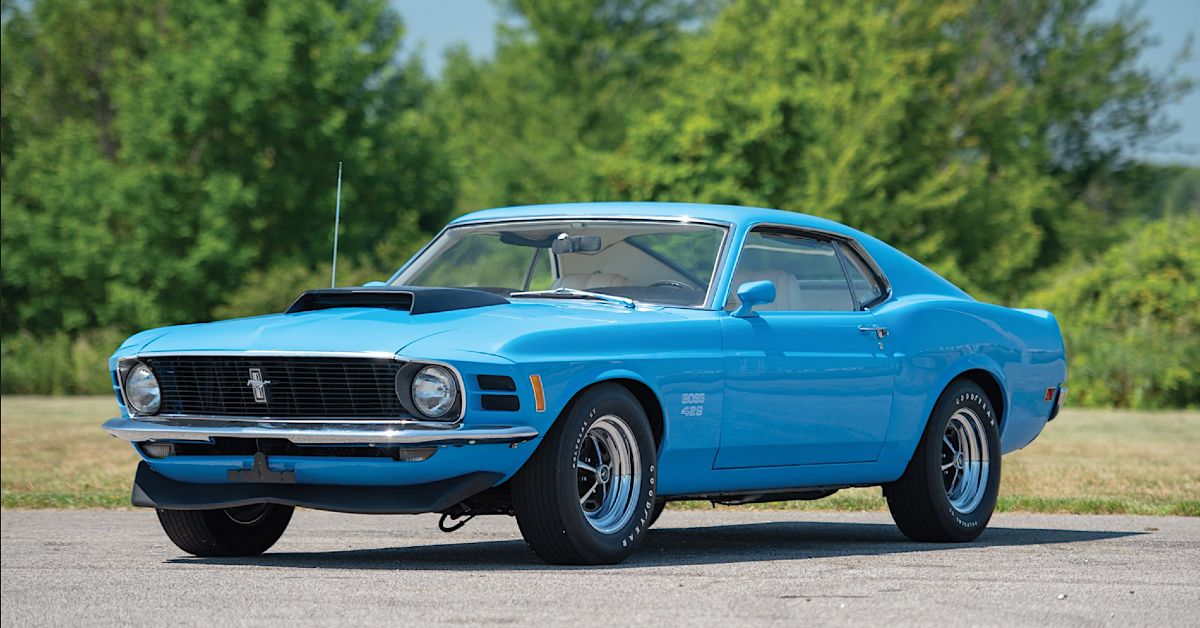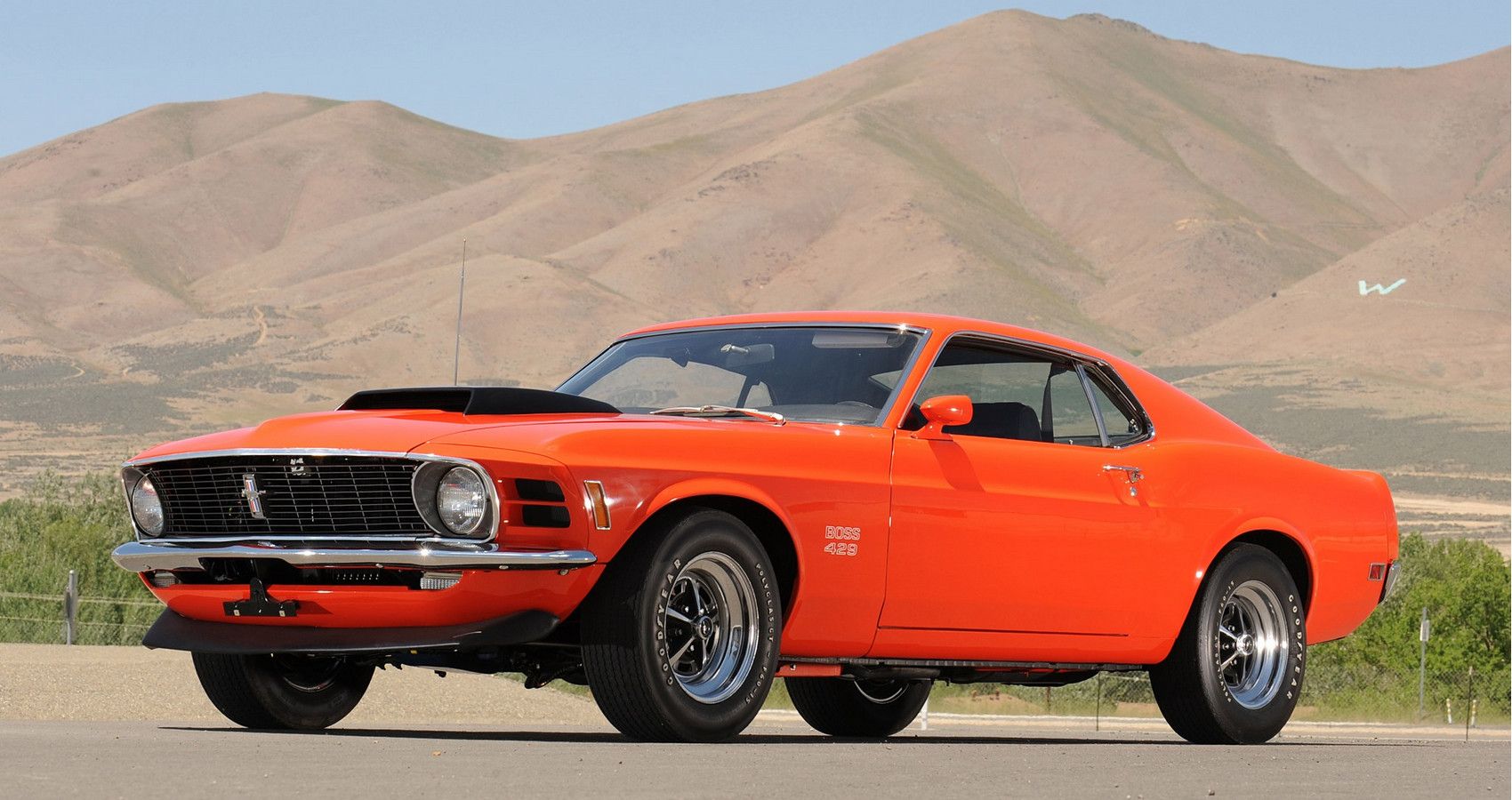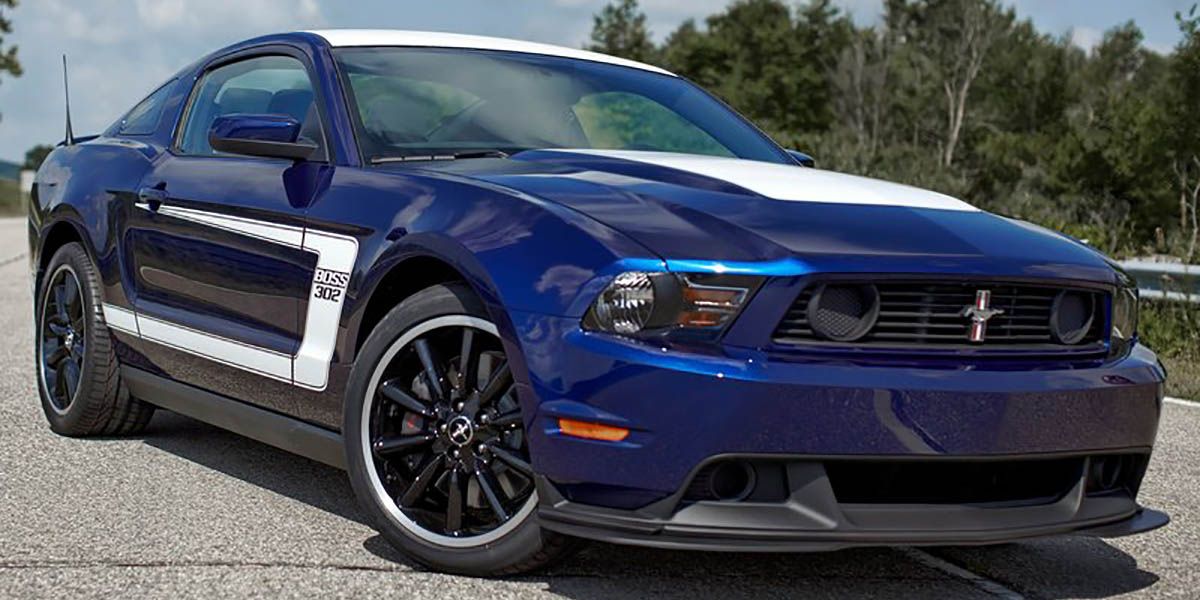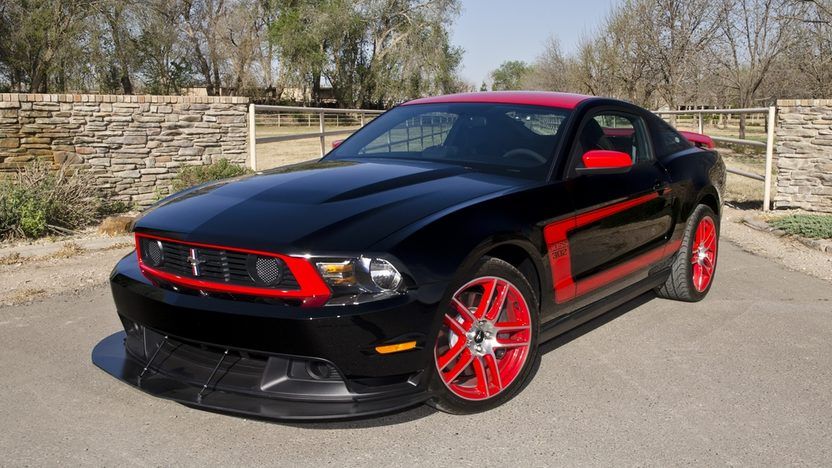When the Ford Mustang launched in 1964, it spawned its own segment, the "pony" car. It became so popular, that every other Detroit manufacturer wanted a piece of the cake, and would do anything to keep up. Muscle-car wars became a big part of the American auto industry; manufacturers not only needed to make a good car for the streets, but also needed to show it was the king of the tracks. While NASCAR was the more popular motorsport for casual fans, hardcore gearheads interested in buying the sickest muscle car of the day, closely followed the Trans Am racing series. Organized by the Sports Car Club of America, it was loved for using race cars customers could find on showroom floors.
The Ford Mustang Boss 302, equipped with a high-performance 302 cubic inch engine, is part of the bloodline of Mustangs that were made to meet Trans Am rules. Without many changes required to transition from racing spec to being a road-worthy production-line car, the Mustang Boss 302 is one of the best well-rounded classic muscle cars from its era. As mind-melting as today's Mustangs might truly be, not many come close to its beauty and great history. Here are 10 things every gearhead should know about the 1970 Ford Mustang Boss 302
10 Built For The SCCA TransAm Racing Series
Ford developed the Mustang Boss 302 to homologate it for production and compete in the Sports Car Club of America (SCCA) Trans-Am racing series. The main intention was to beat the Chevy Camaro Z/28. Still very new, Chevy's fighter had upset the order in 1968, winning the title, while eating the Mustang 289 and 390 for lunch.
Considering how hugely popular Trans Arm racing was in the late '60s, Ford couldn't afford the Mustang losing the lead in the pony car war. Their response was a new high-performance Mustang with a more powerful mill — the Boss 302 engine.
9 Won The 1970 SCCA Trans-Am Championship
Pitted against the Chevy Z/28, the 1969 Boss 302 lost the 1969 SCCA Trans-Am Manufacturers Championship, albeit narrowly. Later, it was realized some races were lost because the Chevrolet team, led by Roger Penske, was more organized and highly efficient in the pits.
The following year, the 1970 Mustang Boss 302 would tip the odds in Ford's favor, helping them win back the Trans Am Championship with Parnelli Jones at the wheel. Sadly, after the win, the higher-ups at Ford canceled the Boss 302 program.
8 A Rare Beast
The Mustang Boss 302 had a very short production run; only 1,934 were built for 1969 and 6,318 cars for 1970 with a suggested price of $3,720. Its rarity, pretty unique history, and position at the top of that period's performance cars are among the reasons it is highly desired by lovers of classic Ford Mustangs.
A 1970 Boss 302 Kar Kraft Trans Am sold for $200,000, earning this iconic racer a place in the top most expensive Mustangs to sell at auction. According to Hagerty, a good condition Boss 302 will go for over $70,000, with those in top condition likely to fetch over $135,000.
7 The Boss 302 Exterior Design
To say the 1970 Boss 302 looks good is an understatement; it looks spectacular from every angle and will glaze the eyes of any Mustang enthusiast with lust. The distinctive look, packaged around a standard fastback body, was the work of Larry Shinoda, who also designed the Mustang Mach 1, C2 Corvette Stingray, and Camaro Z28.
Being one of the first production models with a front spoiler and rear deck wing, it looked radically different from most first-generation Mustangs. Available colors for 1970 were Grabber Blue, Grabber Orange, Grabber Green, Calypso Coral, and Pastel Blue.
6 1970 Vs. 1969 Mustang Boss 302s
Both 1970 and 1969 Boss 302s are spectacular classic pony cars on their own. But they differ in several ways, like the 1970 model having the Larry Shinoda-designed "hockey stick" stripe instead of the 1969 "C-stripe". The 1970 car also got a front-end facelift that included 2 of the four headlights getting replaced with simulated air scoops and the Mustang badge getting relocated to the center of the grille.
Also new was a redesigned dual exhaust system, competition suspension, and a Hurst shifter. With fewer units of the Boss 302 cars manufactured in 1969, they're more valuable - a well-restored pair sold for $530,000 in 2007.
5 Origin Of The "Boss 302" Name
While the 302 in the name of this Mustang is a reference to the engine – 302 cubic inches of displacement (5.0-liter) – the "Boss" part was an ode to Ford's president at that time, Semon Knudson, who hired Larry Shinoda from G.M.'s Chevrolet Division.
With the project being a secret, whenever Larry Shinoda was asked what he was working on, he'd jokingly reply, "the Boss's car!". This nickname stuck, and the car was officially named the Mustang Boss 302.
4 Engine & Power
Because of a displacement limit of 5.0 liters (or 305 cubic inches) implemented in the Trans-Am racing series, automakers were forced to leave their "there's no replacement for displacement" philosophy at the door. The focus was on throwing everything to engineer the most powerful 305 cubic inch engine.
Under the hood of the Boss 302 lay a unique high-winding small-block V8 (for-the-time) engine featuring a thin-wall, high nickel content casting. It differed substantially from regular Ford 302s. The Hi-Po mill could crank out 290 hp and 290 lb.-ft of torque, figures widely considered to be understated.
3 Bossy Performance
True to its intended purpose, the 1970 Boss 302 turned out to be a Camaro killer. Armed with a Ford Toploader close-ratio 4-speed manual - the only transmission offered – the street-legal version of the Boss 302 V8 could sprint to 60 mph in a mere 6.9 seconds. Its 1/4 mile time was 14.6 seconds, and it could also achieve an impressive 137 mph top speed.
With the 1970 Ferrari 365 GT only managing the 0-60 mph run in 7.1 seconds, it's fair to say the Boss 302 was a bit of a supercar in its day.
2 Had A Bigger Brother - The Boss 429
The Boss 429, built alongside the Boss 302, was also meant for the track before anything else. While the 302 competed in the SCCA's Trans-Am racing series, the Boss 429 helped Ford homologate its 429 V8 for the NASCAR series, with the engine underrated at 375 hp and 450 lb-ft of torque.
An interesting fact is the Boss 429 was to become a mid-engine muscle car but it never happened, with it failing to achieve the targeted 50/50 weight distribution ratio. Only 1359 original Boss 429s were built; the first 50 by hand. As such, they are held higher in terms of collectability. Two have sold above $500,000, each at auction.
1 Succeeded In 2012 - 42 Years Later
In 2012, Ford released a new modern Boss 302 Mustang (for a two-year production run) heavily influenced by the famous 1970 model. Each was equipped with a 5.0-liter, 444 horsepower Coyote V8 with the power reaching the rear wheels through a 6-speed manual transmission and a Torsen limited-slip differential.
An even smaller production run (750 units) of further upgraded "Laguna Seca Edition" Boss 302s, meant to give it even more racing credentials, was also added. Built for the track before anything else, they got a beefier suspension and Recaro sport seats (with rear seats getting deleted for a chassis X crossbar), among other race-track-oriented goodies. It could hit 62 mph from rest in 4.1 seconds, topping out at 172 mph. Available colors were Black or Ingot Silver with a red roof and red accents.

